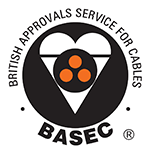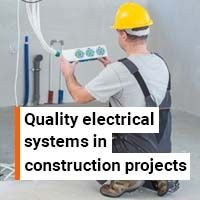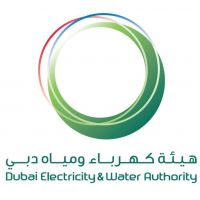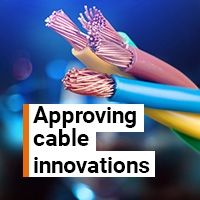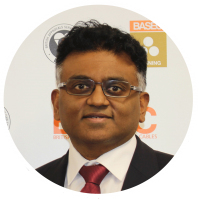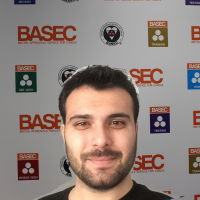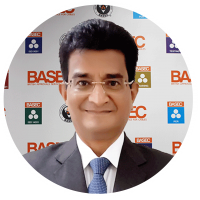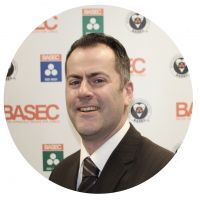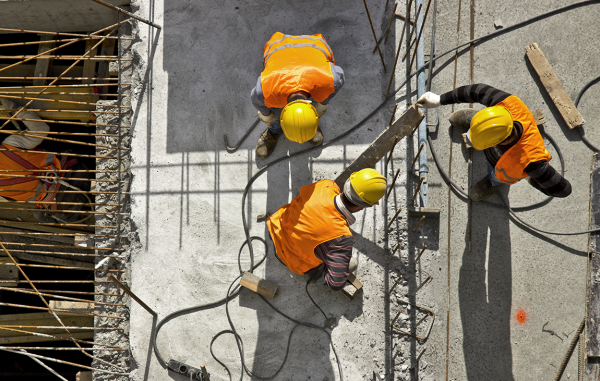
Helping you create sustainable buildings and infrastructures
The construction and electrical industries play a significant role in the economy of every country. Focused on creating and sustaining the built environment, producing and maintaining infrastructures including roads, railways and buildings.
The construction and electrical industries are adapting faster than ever before. Populations of urban areas worldwide are growing by 200,000 people per day. This increase reflects a greater need for affordable housing, transportation and utility infrastructures.
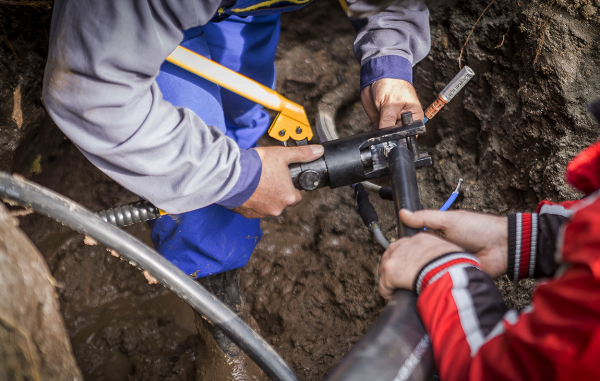
Market challenges
1. Adapting to change
Industry is facing enormous challenges associated with the rising demands to build and maintain assets faster, at lower costs and with higher quality. Rapid development and integration of advancing cable technologies are fundamental to accommodating the successful delivery of projects.
Many variables can impact success, so to succeed in a continuously changing landscape, it is vital to invest in quality. Especially in the long term, a commitment to quality and safety standards enables sustainability and continued performance of all systems.
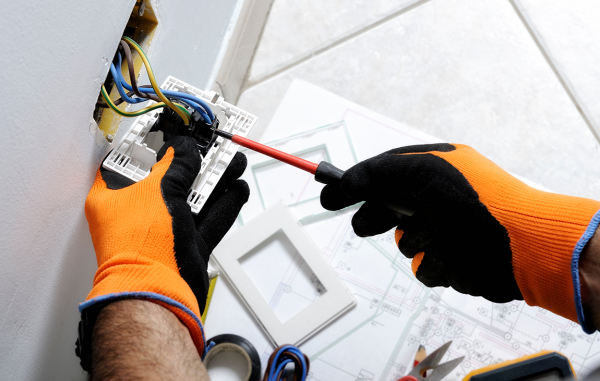
2. Ensuring fire safety
As a live electrical component, cables are essential to providing power and services to any operation. They also pose a range of significant hazards which, to an untrained eye, could lead to catastrophic scenarios. Cabling networks span every part of the modern world; their electrical performance, operating temperatures, and output compatibility are central to safe performance.
The statistics advise that over 51,000 electrical fires occur each year, causing more than 500 deaths, 1,400 injuries, and damaging properties to an average value of $1.3 billion USD.
To safeguard occupiers, service personnel and others, cables should be independently tested and certified for fire safety alongside complete cable performance assessments, enabling your teams to be safe and compliant with local regulations.
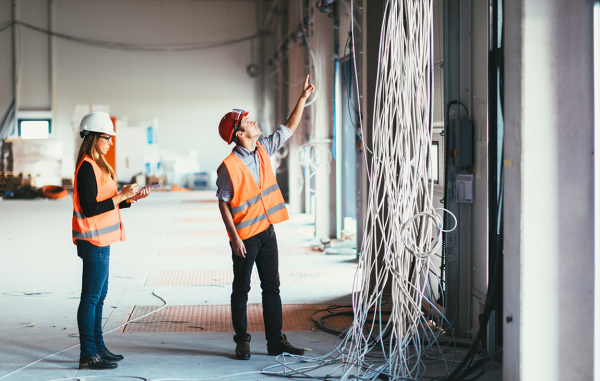
3. The impact of counterfeit cables
The use, unknowingly or otherwise, of counterfeit products and components has dangerous consequences. Being able to identify low quality products, particularly those displaying acceptable visual levels of quality or sourced from unscrupulous suppliers, can be challenging. For this reason, there is a clear need for ongoing quality surveillance in the market.
The make-up of a cable can be difficult to review without in-depth testing. Often the component materials, especially those used to sheath a cable, can comprise of a complex compound mix. The cross-linking and curing processes could impact the cables, or simply the quality or source of the compounds may change in turn impacting the overall performance of the product.
Counterfeiting can be as simple as marking a cable that is not the product it claims to be or on a more technical level where performance claims also do not meet the requirements. This could be due to a range of factors including individual components having not met the levels of quality required or lack of compatibility with one another to deliver as intended.
An in-depth knowledge of the electrical performance requirements, alongside detailed analysis of the components that make-up a cable, is only the start.
Independent cable testing and certification, coupled with ongoing quality surveillance in the market is designed to prove reliable, safe and sustainable cable performance.
Contact the team below to learn more
Enter the laboratory test area
Regional experts
Click the arrows to scroll for your regional teams

